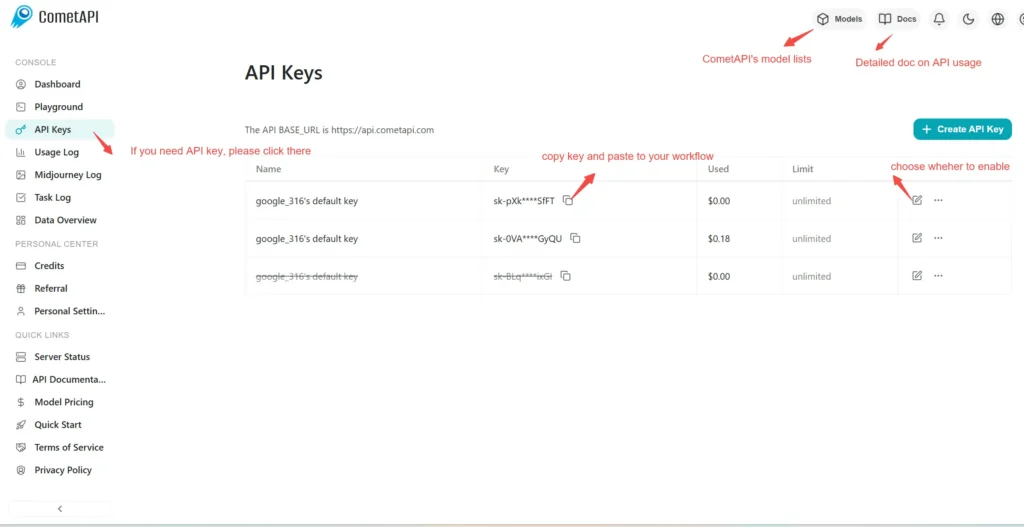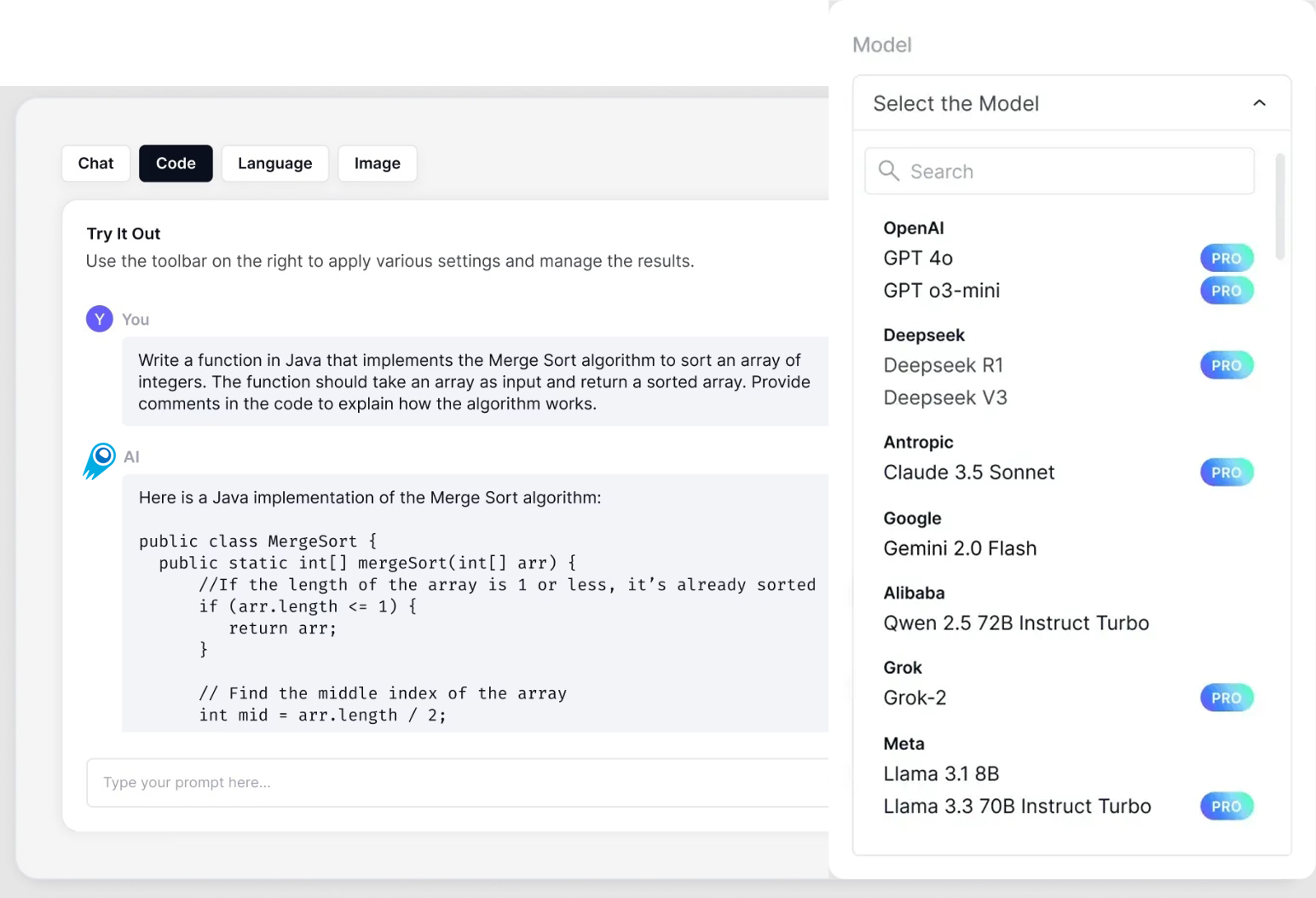Kling 2.5 Turbo released late September 2025 — and positioned as a fast, cinematic text-to-video / image-to-video model. The release emphasizes faster generation, improved prompt adherence, and better temporal / camera control, positioning the model as a production-oriented upgrade over earlier Kling 2.x releases.
Key features
- Advanced Semantic Understanding: Kling 2.5 can extract higher-order semantics from prompts (such as loneliness, the passage of time, and the tension of debate) and map these abstract concepts into concrete visual symbols and compositional elements.
- Cinematic Dynamic Imaging and Camera Movement: The model not only generates coherent motion but also designs camera trajectories according to cinematic language (wide-angle, tracking shots, push-in shots, pull-out shots, etc.) while considering physical plausibility (gravity, inertia, depth of field changes).
- Diverse Style Generation and Full Sequence Stability: Kling 2.5 can simulate various 2D and comic book styles (such as Miyazaki style, Chinese ink painting, and American comic book line art) with high quality, and maintains consistency throughout the sequence through “style locking,” avoiding common style drift and screen flickering issues. Style representation is more reliable and repeatable for both short films and longer sequences.
- Ultra-high definition image quality and frame-by-frame detail preservation: Supports 1080p and higher resolutions. The rendering engine has significantly improved texture, lighting, and detail fidelity, maintaining high-quality performance in every frame. It also maintains image quality and detail consistency in long-term sequences.
Technical details
Architecture & inference: Kling 2.5 Turbo is presented as a multimodal video generator optimized for spatio-temporal coherence and style consistency; it as a task-based/asynchronous API where requests return a task_id and results are retrieved later — a common pattern for compute-heavy video generation. Key inputs include prompt text, optional start image(s), duration, and aspect ratio; outputs are short video files or downloadable assets.
what’s new:
- Primary modes: Text-to-video, Image-to-video, start-frame / reference image workflows.
- Prompt length: up to ~2500 characters (allows detailed multi-part instructions).
- Negative prompt support: allows specifying unwanted elements (watermarks, extra limbs, “cartoon”, etc.).
- CFG (Classifier-Free Guidance) scale: usually exposed as a 0.0–1.0 slider (0 = creative / loose; 1.0 = strict adherence). Default ~0.5 balanced. Use higher for product demos and precise scenes.
- API: REST endpoints for text→video and image→video, with JSON params like
prompt,duration,aspect_ratio,cfg_scale,negative_prompt, and webhooks/status checks for async completion. SDKs/third-party integrations (ComfyUI, etc.) are commonly available.
Benchmark performance
Independent and industry trackers place Kling 2.5 Turbo near the top of modern text-to-video leaderboards. Reported results indicate Kling 2.5 Turbo outperformed contemporaries such as Google’s Veo 3 and Luma Labs’ Ray 3 in blind preference rankings and user-comparison leaderboards.

Reports cite improved motion fidelity, prompt alignment, and overall perceptual quality in side-by-side evaluations.
Known limitations & gotchas
Independent hands-on reviews show strong improvements, but some persistent limitations remain:
- Complex, exact physical tricks still fail sometimes. e.g., reviewers asked for a full somersault/flip from an image and Kling approximated motion but failed to produce a correct flip; face consistency in complex rotations can break. (Tom’s Guide examples).
- Occasional subject morphing or proportion errors in multi-subject image→video (people can shift size or identity subtly).
- Generated audio (if the platform auto-adds SFX/ambient audio) can be unpredictable/odd; many creators strip or replace audio in post.
- Longer durations / complex multi-scene films still present challenges — Kling 2.5 is a big step, but edge-cases (very long continuity or complex interactions) may need manual editing or multi-pass workflows.
How Kling 2.5 Turbo compares with other models
- Kling 2.5 Turbo vs Veo 3 / Ray 3 — public leaderboard and blind comparison reports show Kling 2.5 Turbo ranked first in several aggregated preference tests, especially for prompt fidelity and cinematic motion; competitors may lead in other niches (e.g., raw photorealism or specialized compositing pipelines).
- Kling 2.5 Turbo vs earlier Kling versions — main improvements are speed, temporal control, and cost efficiency.
How to call Kling 2.5 Turbo API from CometAPI
Kling 2.5 Turbo API Pricing in CometAPI,20% off the official price
Required Steps
- Log in to cometapi.com. If you are not our user yet, please register first.
- Sign into your CometAPI console.
- Get the access credential API key of the interface. Click “Add Token” at the API token in the personal center, get the token key: sk-xxxxx and submit.

Use Method
- Select the “kling-v2-5-turbo” endpoint to send the API request and set the request body. The request method and request body are obtained from our website API doc. Our website also provides Apifox test for your convenience.
- Replace <YOUR_API_KEY> with your actual CometAPI key from your account.
- Insert your question or request into the content field—this is what the model will respond to.
- . Process the API response to get the generated answer.
CometAPI provides a fully compatible REST API—for seamless migration. Key details to API doc:
- Text Generation Video: https://api.cometapi.com/kling/v1/videos/text2video
- Image Generation Video: https://api.cometapi.com/kling/v1/videos/text2video
- Model Names: “
kling-v2-5-turbo“ - Authentication:
Bearer YOUR_CometAPI_API_KEYheader - Content-Type:
application/json.

